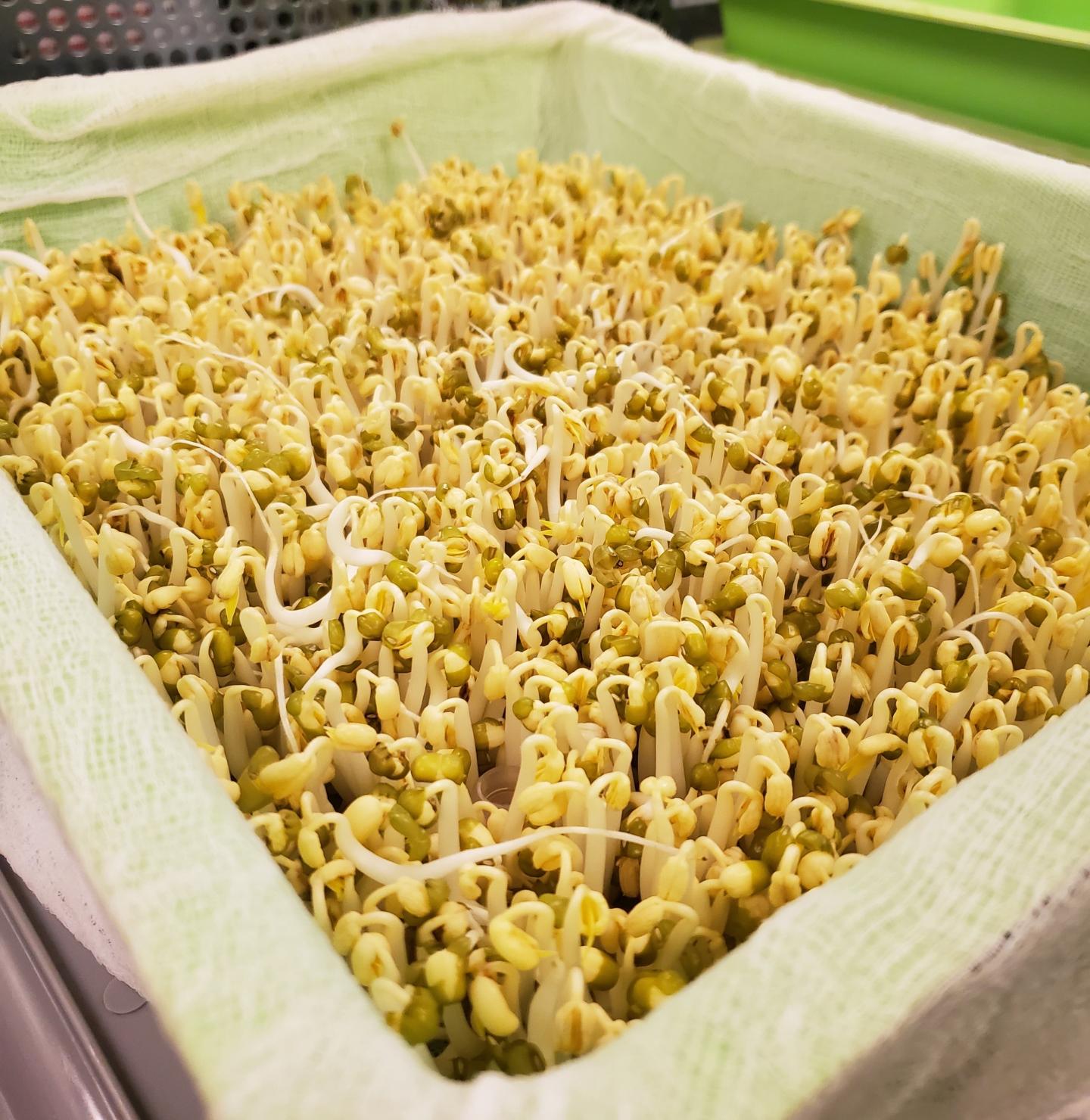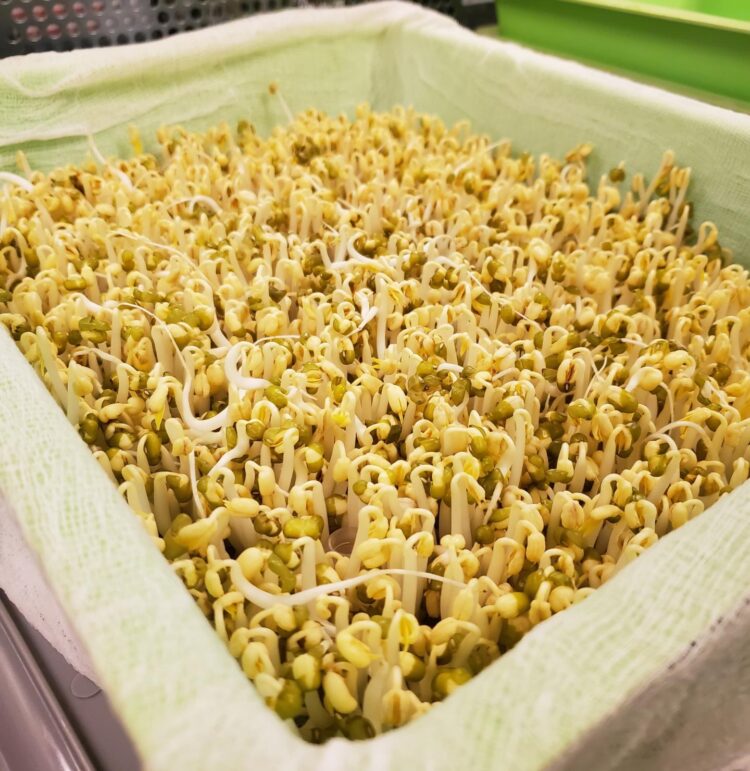The first 3D structure of the components of the mitochondrial electron transport chain in plants reveals unique features that could help in herbicide and pesticide development

Credit: Kaitlyn Abe and Maria Guadalupe Zaragoza (CC BY 4.0)
Researchers have revealed the first atomic structures of the respiratory apparatus that plants use to generate energy, according to a study published today in eLife.
The 3D structures of these large protein assemblies – the first described for any plant species – are a step towards being able to develop improved herbicides that target plant respiration. They could also aid the development of more effective pesticides, which target the pest’s metabolism while avoiding harm to crops.
Most organisms use respiration to harvest energy from food. Plants use photosynthesis to convert sunlight into sugars, and then respiration to break down the sugars into energy. This involves tiny cell components called mitochondria and a set of five protein assemblies that arrange themselves in an ‘electron transport train’.
“Knowing how plants convert energy through respiration is a crucial part of understanding how plants grow, how they adapt to changes in the environment and what strategies we can use to improve crop yields,” explains first author Maria Maldonado, a postdoctoral fellow at the Department of Molecular and Cellular Biology, University of California, Davis (UC Davis), US. “Yet although the 3D structures of respiration components are well understood in mammals, fungi and bacteria, the technical challenges of gathering pure samples of mitochondrial complexes in plants mean these structures remain largely unknown.”
The team set out to obtain 3D structures of three components in the electron transport chain – complex III, complex IV and supercomplex III-IV. They extracted mitochondria complexes from mung bean sprouts treated with a gentle detergent and then stabilised them before using cryo-electron microscopy to generate high-resolution structures. Based on these structures, the team then built atomic models showing how the complexes interact with other molecules, such as other proteins, ions and lipids. For each of the three complexes, they were able to determine the number and structure of subunits, and the likely molecules that bind to them and how flexible the structures are.
Their models showed that several aspects of the complexes are shared between plants, mammals, fungi and bacteria, including several components that were originally thought to exist only in plants. However, the team also found several features of the complexes that are unique to plants, including the way the supercomplex III-IV assembles. This is important, because many agricultural herbicides and pesticides are designed to interfere with the respiratory complexes, and this finding could help to make them more selective for the pests they are intended to kill.
“Our work provides high-resolution structures of plant respiratory complexes that reveal plant-specific features, allowing for the development of more selective inhibitors as herbicides and pesticides,” concludes senior author James Letts, Assistant Professor at the Department of Molecular and Cellular Biology, UC Davis, US. “Further comparative analyses of these structures with the growing number of respiratory complexes will allow us to understand the fundamental principles of respiration across the tree of life.”
###
Reference
The paper ‘Atomic structures of respiratory complex III2, complex IV and supercomplex III2-IV from vascular plants’ can be freely accessed online at https:/
Media contact
Emily Packer, Media Relations Manager
eLife
[email protected]
01223 855373
About eLife
eLife is a non-profit organisation created by funders and led by researchers. Our mission is to accelerate discovery by operating a platform for research communication that encourages and recognises the most responsible behaviours. We work across three major areas: publishing, technology and research culture. We aim to publish work of the highest standards and importance in all areas of biology and medicine, including Plant Biology and Structural Biology and Molecular Biophysics, while exploring creative new ways to improve how research is assessed and published. We also invest in open-source technology innovation to modernise the infrastructure for science publishing and improve online tools for sharing, using and interacting with new results. eLife receives financial support and strategic guidance from the Howard Hughes Medical Institute, the Knut and Alice Wallenberg Foundation, the Max Planck Society and Wellcome. Learn more at https:/
To read the latest Plant Biology research published in eLife, visit https:/
And for the latest in Structural Biology and Molecular Biophysics, see https:/
Media Contact
Emily Packer
[email protected]
Original Source
https:/
Related Journal Article
http://dx.





